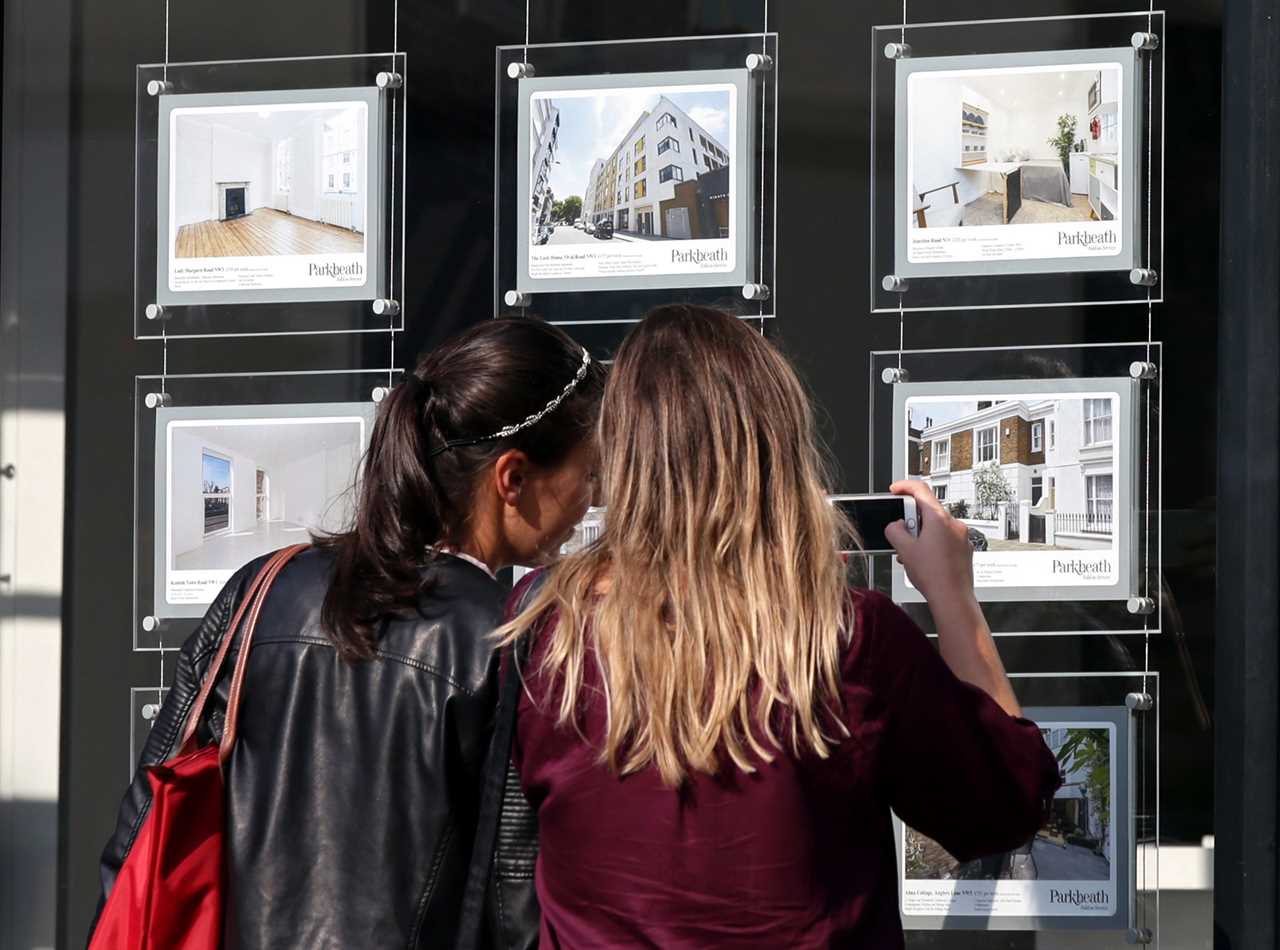LAST year, Rishi Sunak unveiled a stamp duty holiday which has saved home buyers thousands of pounds.
From midnight tonight, the stamp duty free threshold is being dropped from £500,000 to £250,000 across England and Northern Ireland.

Chancellor Rishi Sunak has announced an up to £500,000 stamp duty holiday for home buyers in England and Northern Ireland
In Wales, the stamp duty holiday ends completely meaning buyers won’t save anything at all.
Buyers in England and Northern Ireland will continue to save stamp duty on the first £250,000 of any property from now until October 1.
Exactly how much stamp duty you pay, will also depend on the value of the property you’re buying, as well as whether it is a first or second home.
Here we show you how to calculate your potential savings.
How much could I save on stamp duty?
How much you will save from not having to pay stamp duty depends on how much the house costs – but it could be thousands of pounds
When the holiday was first introduced, someone purchasing a house worth a typical £320,000 would pay no stamp duty at all – saving £6,000.
From July 1 to October 1 – someone buying a property for the same value would pay £3,500 in stamp duty – saving £2,500.
After October 1, when the stamp duty holiday ends entirely, the same property transaction would create a £6,000 tax bill.
Meanwhile, a downsizer purchasing a new home for £315,000 will save £2,500 under the new taper rules, and would have to pay £5,750 from October.
Of course, this assumes the asking price hasn’t been jacked up – something experts has happened.
First-time buyers are already exempt from paying stamp duty on the first £300,000 of purchases for properties costing up to £500,000.
Under the taper rules, they don’t get any additional help. However, first-time buyers who purchase properties worth more than £500,000 will see bigger savings as they were not previously eligible for the £300,000 exemption.
A first-time buyer who buys a property ahead of September 30, for £500,000 would save £10,000.
Second home owners and buy-to-let landlords will also benefit from the increased threshold of £500,000, but they will still have to pay a surcharge compared to ordinary home buyers.
Additional properties are taxed at higher rates of stamp duty – it’s 3% on purchases up to £125,000, 5% on the portion worth between £125,001 and £250,000 and 8% on costs between £250,001 and £925,000.
How do I calculate how much I will save?
To calculate how much you could save, you need to compare how much stamp duty you would have paid under the old system compared to now.
The easiest way to do this is to use a calculator. You can use the Money Advice Service tool to show how much you would normally pay while this Gov.uk calculator has been updated to calculate the cost during the holiday. The difference between the two is your saving.
An even quicker way is to use the Trussle.com calculator, this shows you how much you’d pay now, under the taper rules and in October when the holiday ends, so you don’t need to do any maths at all.
You can also work out how much you’ll save manually by calculating the stamp duty costs under the normal and holiday systems.
Assuming you’re purchasing a home in England and Northern Ireland that will be your only property, here are the previous stamp duty rates – add on 3% at every stage if you’re buying an additional property:
- First-time buyers pay nothing on properties below £300,000 (relief available on properties of up to £500,000)
- You pay nothing if the property costs below £125,000
- You pay 2% if it is worth between £125,001 and £250,000
- You pay 5% if between £250,001 and up to £925,000
- You pay 10% if it is between £925,001 and £1.5million
- You pay 12% on anything over £1.5million
So, say you’re a home mover buying a home for £320,000. In this scenario, you pay nothing on the first £125,000.
On the chunk between £125,000.01 and £250,000 you pay 2%. To work this out subtract £125,000.01 from £250,000 to get £124,999.99.
Then divide this figure by 100 to find 1%, and then multiply it by two to get 2%, which is £2,499.99.
Next, you pay 5% on the chunk between £250,000.01 and your house price of £320,000. So first, subtract £250,000.01 from £320,000 to get £69,999.99.
Then take this figure and divide it by 100 to get 1%, and then multiply it by five to get 5%, which is £3,499.99.
To find out your total stamp duty bill, you then add together £2,499.99 and £3,499.99 to get £5,999.98.
Now that the stamp duty free threshold has been moved to £500,000, you’d pay nothing on that same £320,000 property.
Here’s how you can get on the property ladder with just a 5% deposit by using the new Help to Buy equity loan.
And first-time buyers could find it easier to buy a home, with NatWest and Lloyds bringing back 10% deposit mortgages.
Check out our guide to buying your first home, including how much you can borrow and the help available.
Did you miss our previous article...
https://trendinginthenews.com/covid-19/frail-kim-jongun-blasts-officials-over-crucial-covid-blunders-amid-fears-of-mass-outbreak







